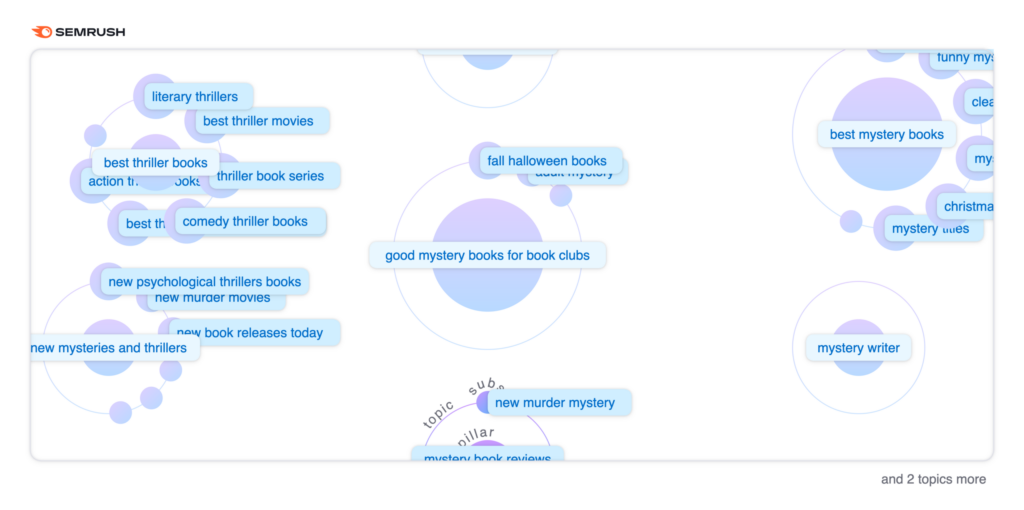User Search Query Analysis
Find semantic keywords and topics
While traditional SEO is based on capturing traffic for a set of keywords, AEO is about optimizing content for meaning.

What’s in a user search query analysis?
On Marketing analyzes real user search queries—keywords, questions, and topics—to reveal how customers and AI platforms find answers. By uncovering hidden opportunities, tracking rankings, and optimizing for high-intent searches, we help you capture more visibility, authority, and conversions.
Semantic keywords
What’s the magic word? Some keywords and search phrases are worth more to your brand than others. We’ll help you find the ones that answer the questions your audiences are asking. These semantic keywords include long-tail keywords, question-based search terms, and conversational keywords.
Once you have your list of keywords, you can use them to create semantic content that responds to the way real people ask questions. Semantic content is especially friendly to the vector embeddings that LLMs use to generate answers. You can also use semantic keywords to refine your messaging so that you’re really speaking your customer’s language.
Topic clusters
We organize your most valuable keywords into topic clusters—groups of related content that establish your authority in key subject areas. Semantic keyword clustering helps build context for your content. This structure also signals to AI engines and search algorithms that you’re a trusted, comprehensive source, increasing your chances of being cited as “the answer” in AI-generated results.
When you link related pages and content assets across your site, you build topical depth and improve your overall user experience. Internal linking is one of the best ways you can structure your website for AI searches.
Question position tracking
As part of our reporting services, we track exactly where your brand ranks for customer-focused questions across AI platforms and search engines—questions that signal strong purchase intent. This allows you to see which answers you already own, where your brand is not being mentioned, and where competitors outrank you. Once you know which questions you want to answer, it can be relatively easy to optimize content to appear in these LLM searches.
Keyword position tracking
We monitor your keyword rankings across LLMs, so you can see how your visibility changes over time. An upward trend is always the goal, but it’s equally important to know when you’re losing ground on a critical keyword. This allows you to quickly adjust your content strategy to avoid losing share of voice.
Initial assessment
If you already have a keyword strategy, On Marketing will take it to the next level by adding semantic keywords, questions, and topic clusters.
If you don’t have a keyword strategy or you think it’s a good time to rebuild it from the ground up, On Marketing can combine traditional SEO keyword research with the latest AEO best practices to build a core list of semantic keywords and topics.
Weekly or monthly reports
On Marketing can provide weekly or monthly reports to track your semantic keyword positioning and question positioning. This can show how you’re ranking against competitors and how your strategies are working over time.
Semantic search vs keyword search
What exactly is the difference between semantic search and keyword search?
- Keyword search matches the exact words or phrases in a query to content, focusing on literal text alignment. It works well for straightforward lookups but can miss intent if the wording differs.
- Semantic search understands the meaning behind a query. It uses natural language processing, context, and relationships between concepts to deliver results that align with user intent—even if the exact words don’t match.
This makes semantic search more effective in an AI-driven world, where conversational queries dominate. For brands, mastering semantic search means capturing more qualified traffic and appearing in the nuanced answers AI engines provide.
